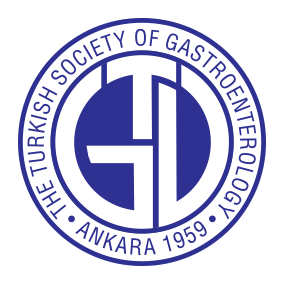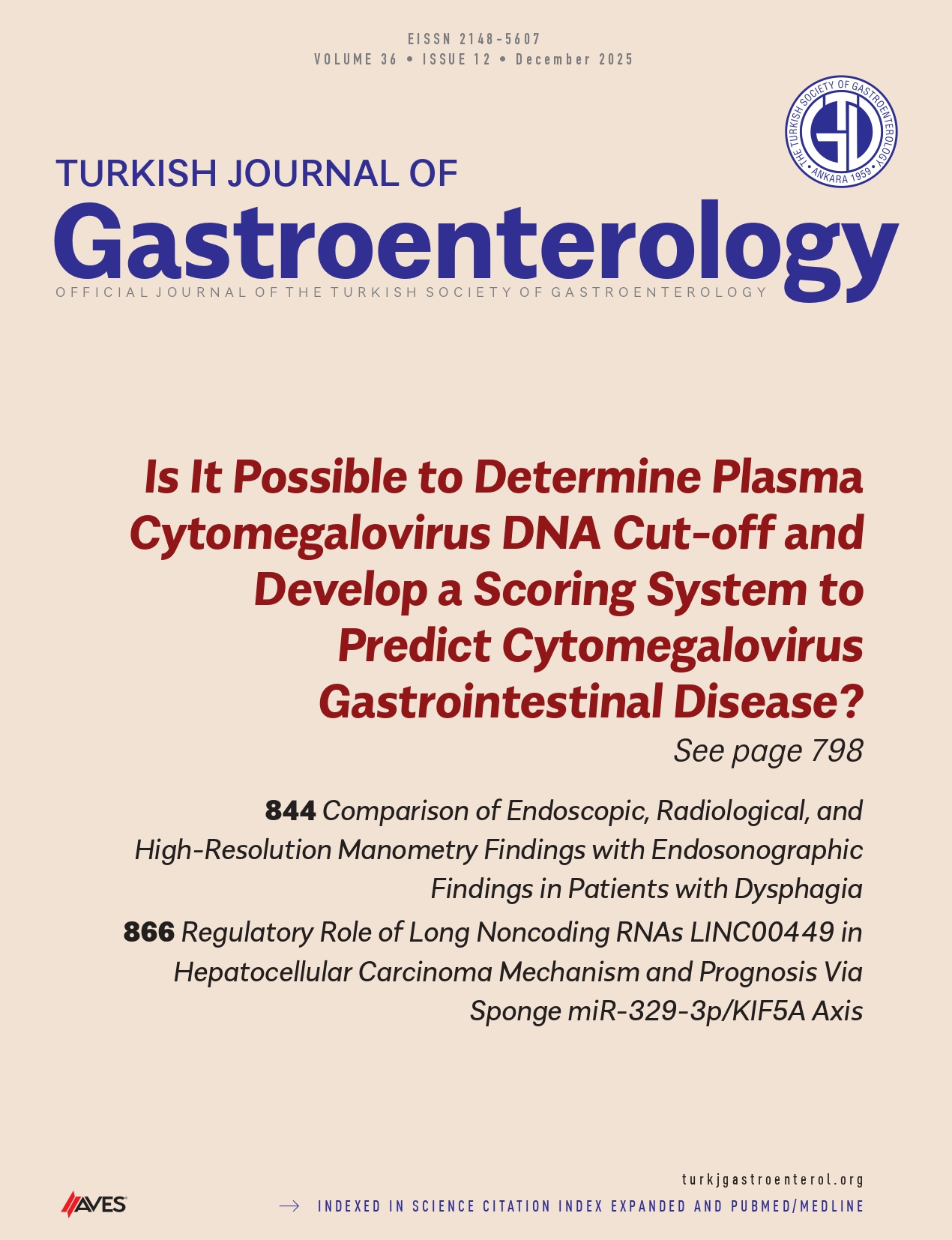Background/Aims: Distinct virological relapse (VR) has occurred after stopping the use of nucleos(t)ide analogues treatment in patients with chronic hepatitis B (CHB) who are positive for Hepatitis B e antigen (HBeAg). Here, we aimed to identify serum miR-146a and miR155 in HBeAg-positive patients with CHB and their relationship with VR after entecavir (ETV) discontinuance.
Materials and Methods: Ninety-eight patients with CHB and positive for HBeAg before initiating treatment were analyzed. Virological relapse was defined as 2 consecutive examinations (3 months apart) after treatment discontinuance, both showing an HBV DNA load of more than >2000 IU/mL.
Results: Compared to control, CHB patients were observed with increases in serum miR-146a and miR-155 before starting ETV treatment (P < .001). There were 52 patients (53.1%) experiencing VR at 12 months after discontinuance of ETV treatment. The VR group was demonstrated with increases in serum miR-146a and miR-155 than the non-VR group before starting ETV treatment (P < .001). Whether at the beginning of ETV discontinuance or at 12 months after ETV discontinuance, the VR group was noted with elevations in serum miR-146a and miR-155 than the non-VR group (P < .001).
Conclusion: The findings demonstrated that miR-146a and miR-155 levels in the circulation may be promising assessment tools for identifying sustained-virological responders after ETV discontinuance in CHB patients.
Cite this article as: Xu ML, Wang LH. Serum miR-146a and miR-155 as predictors of virological control after entecavir withdrawal in HBeAg-positive chronic hepatitis B Patients. Turk J Gastroenterol. 2025;36(9):583-589.




.png)
.png)